 Apologies to all for the lack of posts. Things are getting stranger by the day here and I’m not at all certain that a good future will be forthcoming.
Apologies to all for the lack of posts. Things are getting stranger by the day here and I’m not at all certain that a good future will be forthcoming.
Hence my mind is heavily distracted by things related to my imminent collapse, both economic and otherwise; and less focused on Forteana. Please… bear with me.
I received this article today via the Konformist. It may help to explain my head. While I sit relating to the fellow on the right, I offer this piece…
Enjoy…
Saturday, 29 May 2010
Creative minds ‘mimic schizophrenia’
Michelle Roberts
Health reporter, BBC News
Creativity is akin to insanity, say scientists who have been studying how the mind works.
Brain scans reveal striking similarities in the thought pathways of highly creative people and those with schizophrenia.
Both groups lack important receptors used to filter and direct thought.
It could be this uninhibited processing that allows creative people to “think outside the box”, say experts from Sweden’s Karolinska Institute.
In some people, it leads to mental illness.
But rather than a clear division, experts suspect a continuum, with some people having psychotic traits but few negative symptoms.
Art and suffering
Some of the world’s leading artists, writers and theorists have also had mental illnesses – the Dutch painter Vincent van Gogh and American mathematician John Nash (portrayed by Russell Crowe in the film A Beautiful Mind) to name just two.
Creativity is known to be associated with an increased risk of depression, schizophrenia and bipolar disorder.
Associate Professor Fredrik Ullen believes his findings could help explain why.
He looked at the brain’s dopamine (D2) receptor genes which experts believe govern divergent thought.
He found highly creative people who did well on tests of divergent thought had a lower than expected density of D2 receptors in the thalamus – as do people with schizophrenia.
The thalamus serves as a relay centre, filtering information before it reaches areas of the cortex, which is responsible, amongst other things, for cognition and reasoning.
“Fewer D2 receptors in the thalamus probably means a lower degree of signal filtering, and thus a higher flow of information from the thalamus,” said Professor Ullen.
“Creative people, like those with psychotic illnesses, tend to see the world differently to most. It’s like looking at a shattered mirror”
Mark Millard
UK psychologist
He believes it is this barrage of uncensored information that ignites the creative spark.
This would explain how highly creative people manage to see unusual connections in problem-solving situations that other people miss.
Schizophrenics share this same ability to make novel associations. But in schizophrenia, it results in bizarre and disturbing thoughts.
UK psychologist and member of the British Psychological Society Mark Millard said the overlap with mental illness might explain the motivation and determination creative people share.
“Creativity is uncomfortable. It is their dissatisfaction with the present that drives them on to make changes.
“Creative people, like those with psychotic illnesses, tend to see the world differently to most. It’s like looking at a shattered mirror. They see the world in a fractured way.
“There is no sense of conventional limitations and you can see this in their work. Take Salvador Dali, for example. He certainly saw the world differently and behaved in a way that some people perceived as very odd.”
‘TROUBLED’ GENIUSES
Writer Virginia Woolf
Painter Vincent van Gogh
Painter Salvador Dali
Painter Edvard Munch
Composer Robert Schumann
Mathematician John Nash
Pianist David Helfgott
He said businesses have already recognised and capitalised on this knowledge.
Some companies have “skunk works” – secure, secret laboratories for their highly creative staff where they can freely experiment without disrupting the daily business.
Chartered psychologist Gary Fitzgibbon says an ability to “suspend disbelief” is one way of looking at creativity.
“When you suspend disbelief you are prepared to believe anything and this opens up the scope for seeing more possibilities.
“Creativity is certainly about not being constrained by rules or accepting the restrictions that society places on us. Of course the more people break the rules, the more likely they are to be perceived as ‘mentally ill’.”
He works as an executive coach helping people to be more creative in their problem solving behaviour and thinking styles.
“The result is typically a significant rise in their well being, so as opposed to creativity being associated with mental illness it becomes associated with good mental health.”
***
Received via Robert Sterling
Editor, The Konformist
www.konformist.com































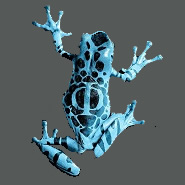


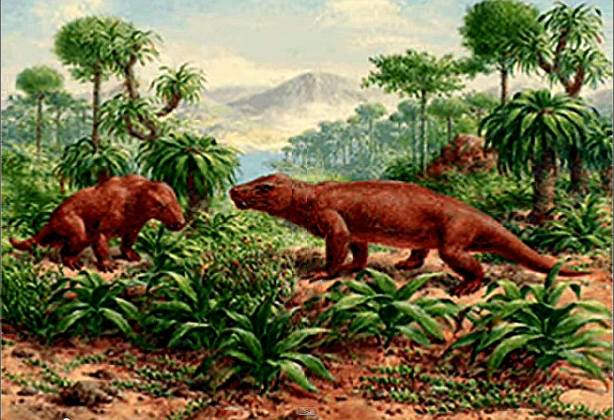






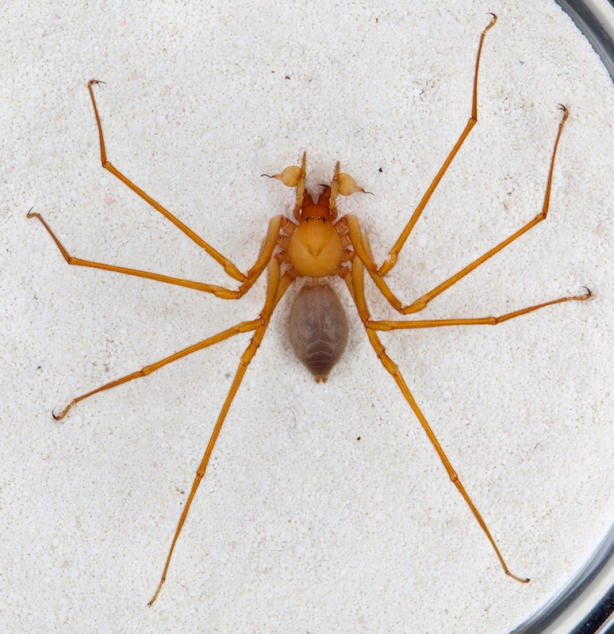


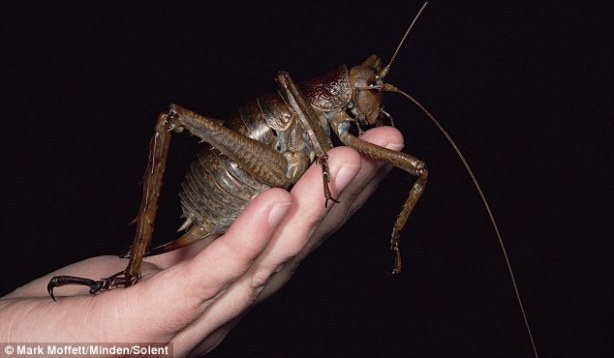










 Apologies to all for the lack of posts. Things are getting stranger by the day here and I’m not at all certain that a good future will be forthcoming.
Apologies to all for the lack of posts. Things are getting stranger by the day here and I’m not at all certain that a good future will be forthcoming.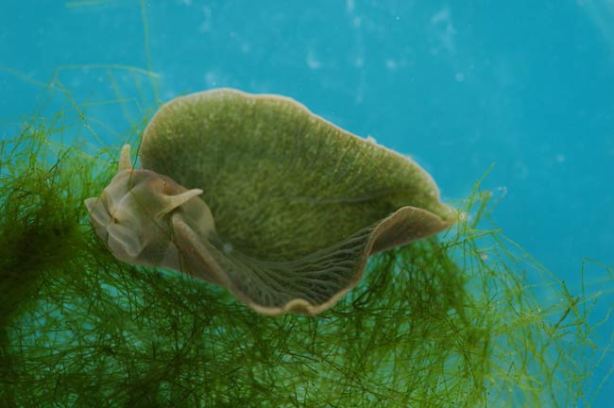

 A little while ago, there in my mailbox was the usual roundup of headlines at Phantoms and Monsters… this one though, had a flying creature report from the very gung ho guys at the Centre for Fortean Zoology!
A little while ago, there in my mailbox was the usual roundup of headlines at Phantoms and Monsters… this one though, had a flying creature report from the very gung ho guys at the Centre for Fortean Zoology! And in response to that post, a short while later a person sent this report in to
And in response to that post, a short while later a person sent this report in to  Not really new, though, to those immersed in such things – interest started a long time ago within the scientific community following renowned plasma physicist Dr. David Bohm’s discovery through repeated laboratory observations that plasmas, more often than not, act just like living things; and there’s always researcher
Not really new, though, to those immersed in such things – interest started a long time ago within the scientific community following renowned plasma physicist Dr. David Bohm’s discovery through repeated laboratory observations that plasmas, more often than not, act just like living things; and there’s always researcher  Many UFOs, perhaps up to 80% of good sightings, a great deal of the things usually deemed to be “spirits,” aerial BVM apparitions, shadow people and indeed lots of other oddly intangible sightings may in fact be plasma critters… who are, for whatever reason, occasionally visible to us at certain places, at certain times.
Many UFOs, perhaps up to 80% of good sightings, a great deal of the things usually deemed to be “spirits,” aerial BVM apparitions, shadow people and indeed lots of other oddly intangible sightings may in fact be plasma critters… who are, for whatever reason, occasionally visible to us at certain places, at certain times. What’s All This, Then? is copyright © 2009 to the present by Ignatius F Makarevich - All rights reserved worldwide.
What’s All This, Then? is copyright © 2009 to the present by Ignatius F Makarevich - All rights reserved worldwide.


